Ancylus fluviatilis (O. F. Müller, 1774) |
 |
Known distribution: almost the whole country.The species lives mainly in well oxygenated freshwater streams and rivers, grazing on diatoms and feeding also on various periphyton material. It is present in karstic aquifers, at least as a stygoxen species. Above: the variant “minor”, « candida, vertice mucronato, incurvo, ore ovali » as referenced in O. F. Müller: Vermium terrestrium et fluviatilium vol. II, Copenhagen and Leipzig, 1774, p.201. The margins of the shell conform to the shape and the relief of the substract. – Twilight zone of the cave river, attached under stones in 50cm deep, Fontestorbes emergence, southern bank of the Hers river, Belesta, Ariège. 3,4mm. Altitude ≈ 520m. |
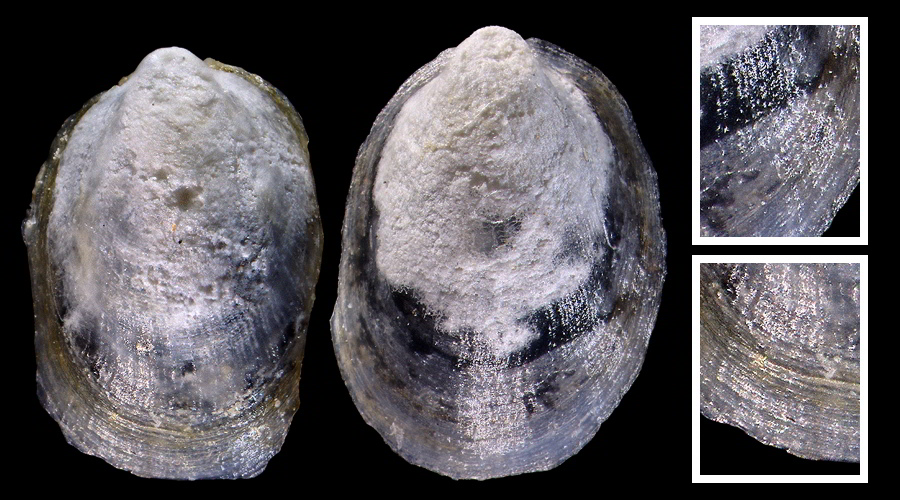 |
| Same spot. 2,6-2,9mm. |
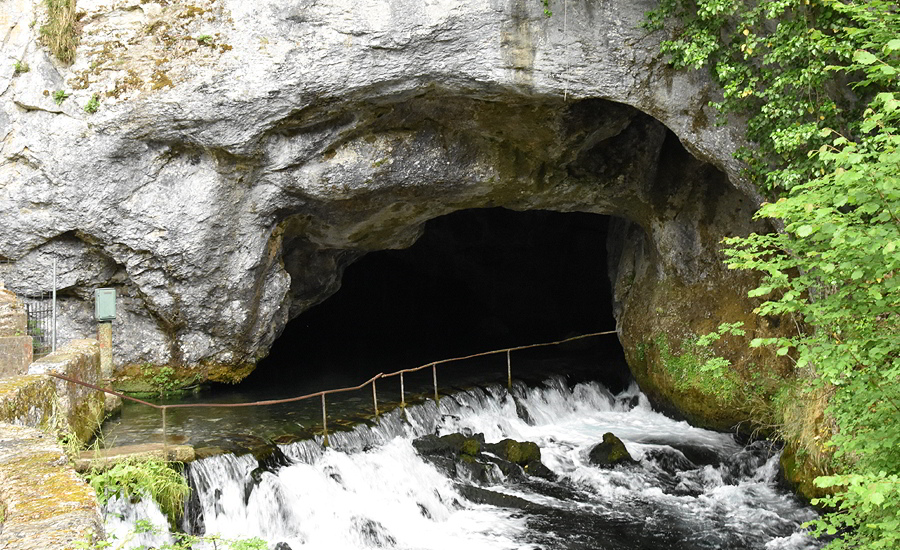 |
| Fontestorbes. The species is not concerned by strong currents, and its nutrient sources (organic film, detritus) don’t make it light-dependent. |
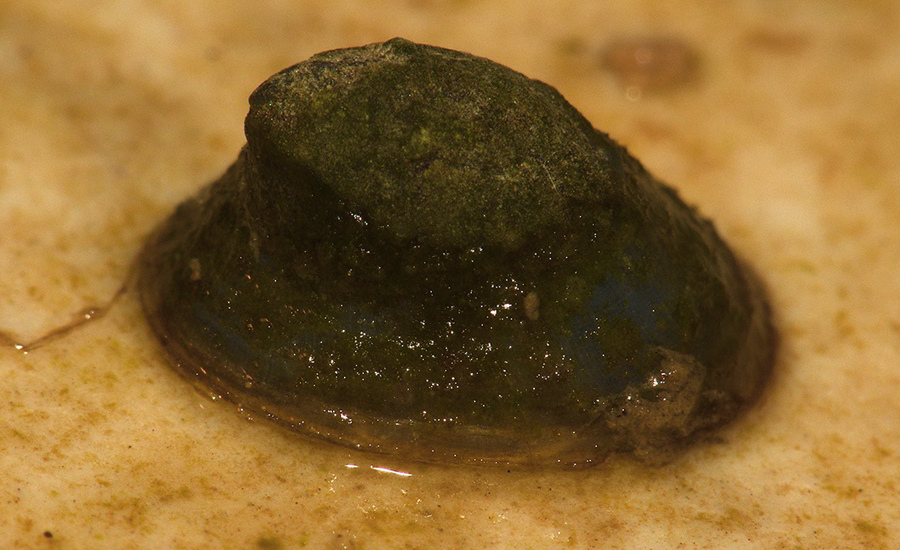 |
| In the Douctouyre river, near the confluence with the rivulet of Senesse, north of Dun, Ariège, S. France. 8,2mm. Altitude ≈ 310m. Original picture provided by A. Bertrand (FR) – (CC BY-NC-SA). |
 |
| Arangonera cave-river mouth, Garaibie, Ordiarp, eastern Arbailles, SW. France. Altitude ≈ 300m. |
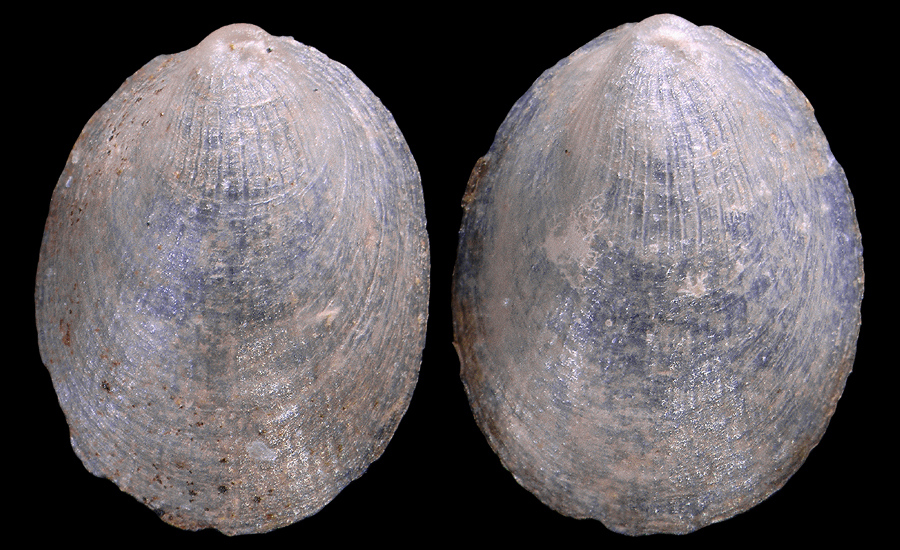 |
Hount de la Mis, Eycheil, south of Saint-Girons, Ariège, S. France. Altitude ≈ 530m.
Specimens collected in sediments at the emergence. Sizes around 2mm. |
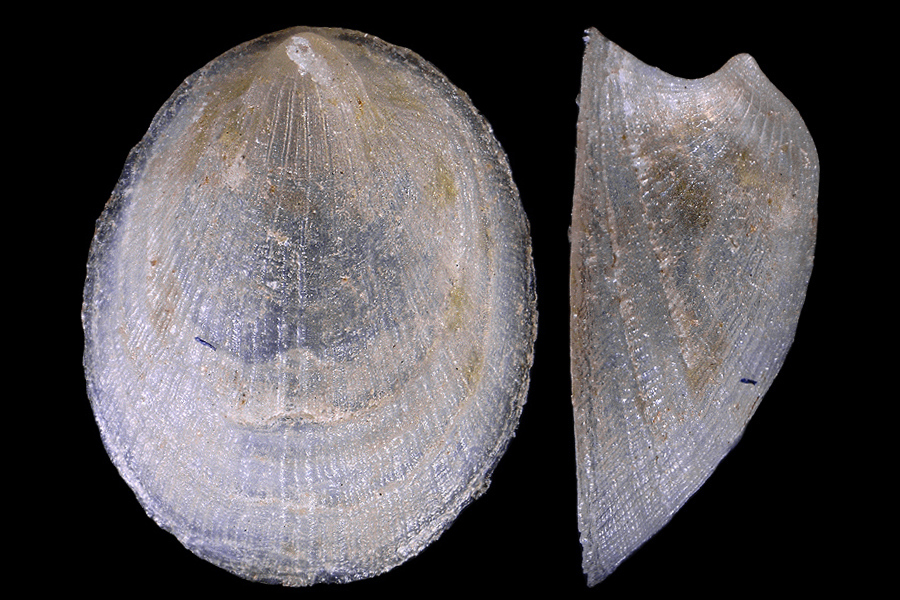 |
| Old little specimen collected at a small captured spring along the road at Gesse, Bessède-de-Sault, Aude, S. France. 3,1mm. Altitude ≈ 560m. |
 |
Subadult. Source de la Vierge, along the Couze river, near Lalinde, Dordogne, SW. France.
Size: 2,5mm. Altitude ≈ 80m. |
 |
| The species is locally common throughout Europe. Above: a dome-shaped specimen from Akidalia Fountain (the Spring of the Three Charites), at the foot of the Acropolis hill, Orchomenós, Bœotia, Central Greece. 5,85mm. Altitude ≈ 110m. |
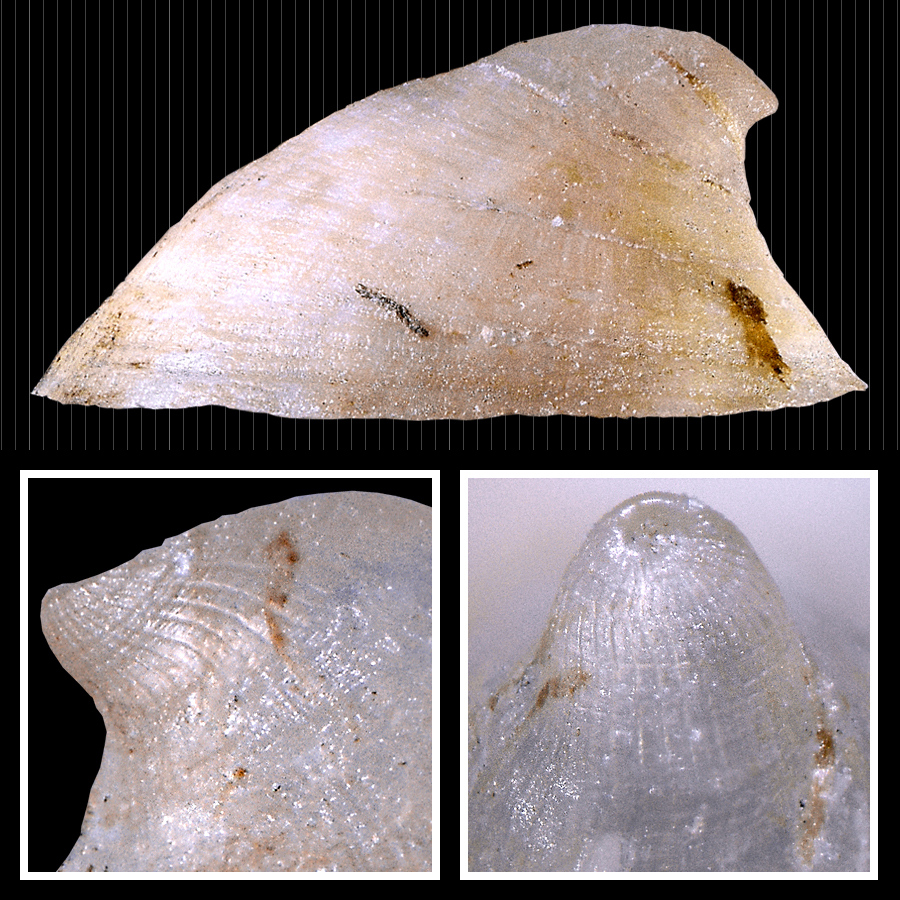 |
| Old specimen from Las Hountas emergence, southern Balaguères, Ariège. 6mm. Altitude ≈ 500m. Notice the slightly sunken protoconch. |
 |
| Subadult. Le Bouillon, Orléans-la-Source, Loire drainage basin, central France. |
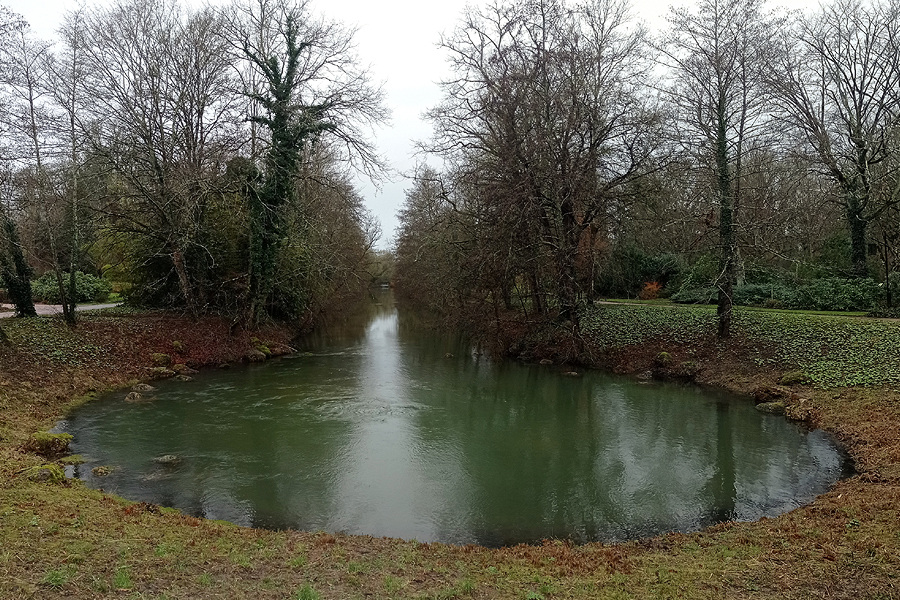 |
| Le Bouillon, a reemergence of the underground Loire, is the main spring of the Loiret, in the flower garden of Orléans. About 40km of drowned galleries were charted. Altitude ≈ 85m. |
 |
Subadult with pretty sculpture, on rock at the base of the Actinidias Cliffs, Berrias-et-Casteljau, Chassezac river, S. Ardèche, S. France. Altitude ≈ 115m.
|












